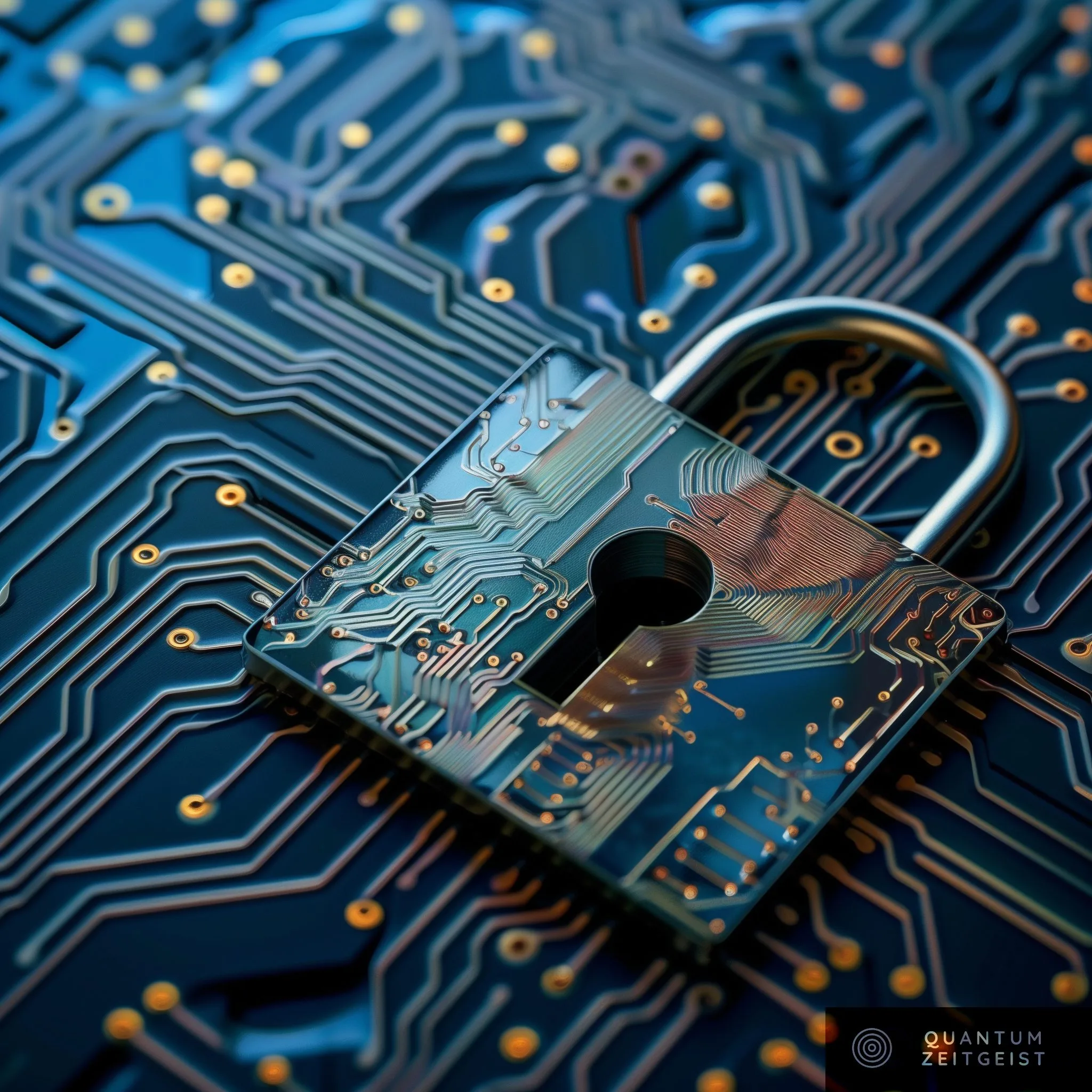Quantum cryptography, a technology that uses principles of quantum mechanics, offers a level of security that surpasses classical cryptographic systems. As computational power evolves, the vulnerabilities of classical systems become more apparent, making quantum cryptography a promising solution. This technology leverages key concepts of quantum mechanics, such as superposition and quantum entanglement, to create quantum bits or qubits and securely share encryption keys. Despite facing challenges like technological limitations and the need for standardization, quantum cryptography holds immense potential for securing financial transactions and sensitive government communications, shaping the future of secure communication.
What is Quantum Cryptography and Why is it Important?
Quantum cryptography is a cutting-edge technology that uses principles of quantum mechanics to secure information transfer. As we delve deeper into the digital age, the need for robust and impenetrable cryptographic structures becomes increasingly essential. However, classical cryptographic systems are not without their limitations. With the advent of advanced computational capabilities, these conventional structures face potential threats. The vulnerabilities of these systems become more apparent as computational power continues to evolve, casting a shadow on the reliability of classical cryptographic structures.
In response to these challenges, quantum cryptography has emerged as a promising solution. This technology, which leverages the principles of quantum mechanics, promises a level of security that far surpasses its classical counterparts. The advent of quantum cryptography marks a significant milestone in the field of information security, offering a beacon of hope in the face of the limitations of classical cryptographic systems.
This research paper explores the fascinating field of quantum cryptography, delving into its potential, the challenges it faces, and the implications it holds for the future of information security. The objective of this study is to delve into the underlying principles of quantum cryptography, specifically Quantum Key Distribution (QKD), and discuss its potential applications and challenges.
Understanding the Basics of Quantum Mechanics
Quantum mechanics, the theoretical framework that underpins the behavior of particles on the quantum level, introduces several key concepts that are fundamental to the understanding and application of quantum cryptography. The principle of superposition, a cornerstone of quantum mechanics, posits that a quantum system can exist in more than one state simultaneously until it is measured. This principle is leveraged in quantum cryptography to create quantum bits or qubits, which unlike classical bits that can be either zero or one, can exist in a superposition of states. This allows for a higher degree of complexity and information density in quantum cryptographic systems.
Another key concept in quantum mechanics is the phenomenon of quantum entanglement. When particles become entangled, the state of one particle becomes instantly correlated with the state of the other, regardless of the distance separating them. This “spooky action at a distance,” as Einstein famously described it, forms the basis for quantum key distribution (QKD), a method used in quantum cryptography to securely share encryption keys.
The Heisenberg Uncertainty Principle, another fundamental concept in quantum mechanics, states that it’s impossible to simultaneously determine the exact position and momentum of a particle. In the context of quantum cryptography, this principle guarantees the security of a quantum channel. Any attempt to eavesdrop on a quantum communication could disturb the system and reveal the presence of the intruder.
The Basics of Classical Cryptography
Classical cryptography encompasses a number of cryptographic techniques that have been used for secure communication long before the advent of modern cryptographic methods. At the heart of classical cryptography are two fundamental techniques: symmetric and asymmetric encryption. Symmetric encryption, also known as secret-key encryption, involves the use of the same key for both encryption and decryption. Asymmetric encryption, on the other hand, uses different keys for encryption and decryption.
While classical cryptographic systems have served us well for many years, they are not without their limitations. With the advent of advanced computational capabilities, these conventional structures face potential threats. The vulnerabilities of these systems become more apparent as computational power continues to evolve, casting a shadow on the reliability of classical cryptographic structures.
The Potential Applications and Challenges of Quantum Cryptography
Quantum cryptography presents a promising solution for secure communication, offering robust defense against potential eavesdroppers. However, practical implementation faces several challenges, including technological limitations and the need for standardization. The implications of this study underscore the transformative potential of quantum cryptography in shaping the future of secure communication and highlight the need for further research and development in overcoming existing challenges.
Despite these challenges, the potential applications of quantum cryptography are vast. From securing financial transactions to protecting sensitive government communications, the possibilities are endless. As we continue to navigate deeper into the digital age, the need for robust and impenetrable cryptographic structures becomes increasingly essential. Quantum cryptography, with its promise of unparalleled security, could very well be the key to safeguarding our digital future.
The Future of Quantum Cryptography
The future of quantum cryptography is promising, but it is not without its challenges. Technological limitations and the need for standardization are among the key hurdles that need to be overcome. However, the potential benefits of quantum cryptography are immense. It offers a level of security that far surpasses its classical counterparts, making it a promising solution for secure communication in the digital age.
As we continue to delve deeper into the realm of quantum cryptography, it is clear that further research and development are needed to fully realize its potential. The findings of this study underscore the transformative potential of quantum cryptography in shaping the future of secure communication. It is a fascinating field that holds great promise for the future of information security, and it is a field that is well worth watching as it continues to evolve.
Publication details: “Quantum Cryptography: Advancements, Challenges, and Applications in Modern Communication”
Publication Date: 2024-04-24
Authors: Vimmi Malhotra, Sanjeev Yadav and . Vishal
Source: International Journal of Advanced Research in Science, Communication and Technology
DOI: https://doi.org/10.48175/ijarsct-17591

